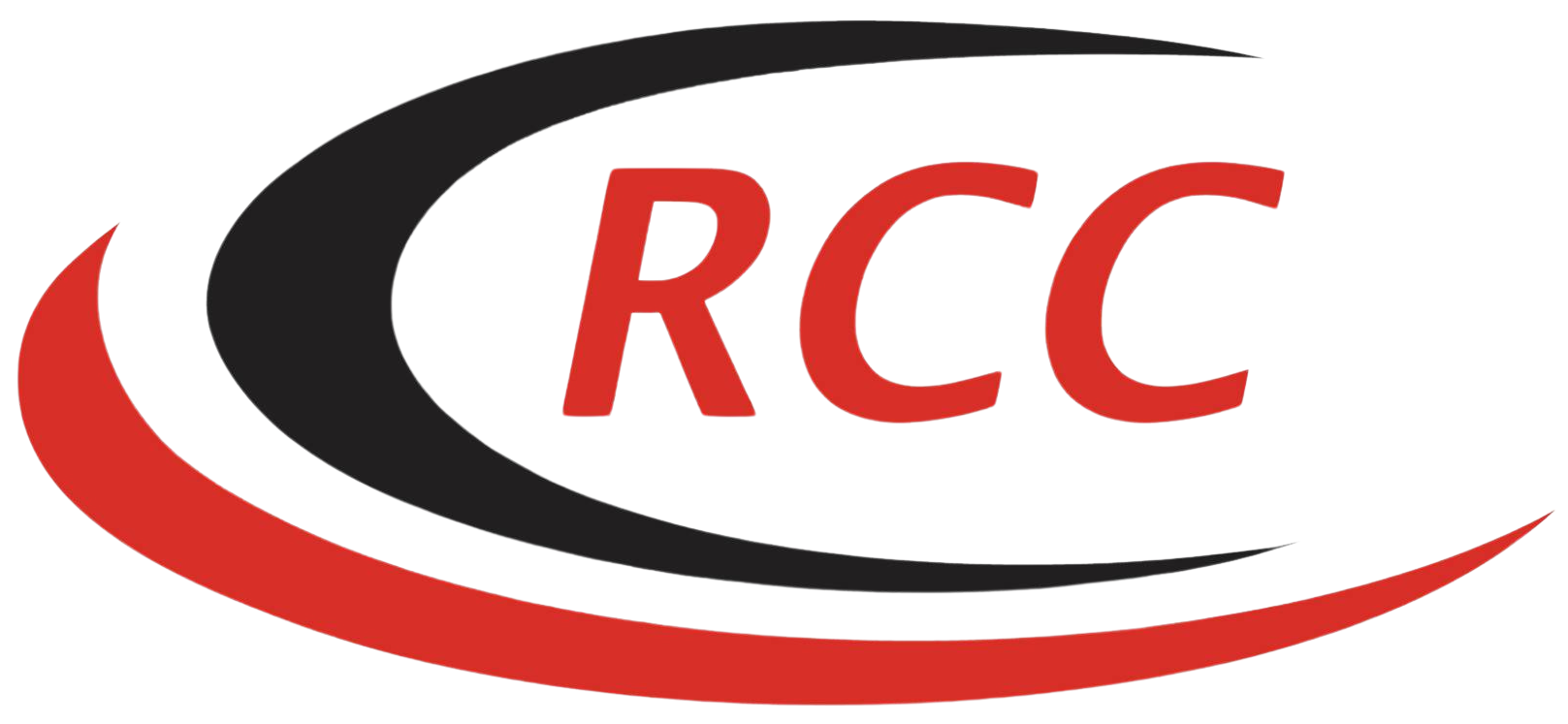Why Proper Pipeline Maintenance Procedures Matter
Effective pipeline maintenance procedures are crucial for ensuring the long-term functionality, safety, and cost-efficiency of underground utility systems. Without consistent inspections, preventive care, and quality repairs, pipelines are more likely to fail – leading to service interruptions, environmental risks, and costly emergency fixes.
Whether you are managing municipal infrastructure, industrial lines, or private systems, implementing the right maintenance protocols helps extend pipeline lifespan and avoid catastrophic failures. This guide explores the essential procedures and best practices for long-lasting pipeline performance.
The Foundation: What Are Pipeline Maintenance Procedures?
Pipeline maintenance procedures are a set of strategic practices designed to inspect, clean, monitor, and repair pipeline infrastructure. These procedures apply to various types of pipelines, including water, sewer, stormwater, gas, and industrial systems.
Common components include:
- Routine inspections
- Leak detection and pressure testing
- Cleaning and debris removal
- Structural assessments
- Rehabilitation or replacement planning
Well-defined maintenance protocols allow for early problem detection, reducing the risk of costly emergency repairs or system failures.
Routine Inspections: Your First Line of Defense
Regular inspection is the backbone of effective pipeline maintenance procedures. Inspections should be scheduled based on pipe material, usage, environmental exposure, and the system’s age.
Inspection methods include:
- CCTV camera inspection for internal viewing of pipe conditions
- Visual site inspections for above-ground infrastructure
- Acoustic monitoring to detect changes in flow or pressure
- Drone or robotic inspections for hard-to-reach or hazardous areas
These inspections identify cracks, corrosion, root intrusion, sediment buildup, and joint displacement early – allowing time for cost-effective intervention.
Cleaning and Flushing Procedures
Pipeline cleaning ensures unobstructed flow and prevents long-term damage caused by buildup. Cleaning should be performed regularly, especially in high-use systems.
Popular cleaning methods include:
- Hydro jetting: High-pressure water to dislodge sediment, grease, and debris
- Mechanical rodding: Steel cables or blade used for scraping internal walls
- Chemical treatments: Applied to break down sludge or prevent corrosion
- Pigging systems: Mechanical devices (pigs) that scrap the inner pip wall during flow
Cleaning not only enhances flow efficiency but also prevents blockages, backups, and contamination.
Leak Detection and Pressure Testing
Unnoticed leaks can lead to environmental damage, foundation erosion, and utility loss. That is why leak detection and pressure testing are fundamental to any comprehensive pipeline maintenance program.
Techniques for leak detection:
- Tracer gas testing (helium or hydrogen mixtures)
- Acoustic sensors that detect unusual sound frequencies
- Thermal imaging to detect leaks via temperature changes
- Smart ball technology that travels inside the pipe to detect anomalies
Pressure testing – using water or air – is typically conducted during new installations or after repairs to confirm system integrity before reactivation.
Corrosion Control and Structural Monitoring
Corrosion is a leading cause of pipeline failure, especially in metal-based systems. Proactive corrosion management protects against rust, pitting, and degradation.
Corrosion prevention best practices:
- Cathodic protection systems (applying electric current to counter corrosion)
- Protective coatings and linings (epoxy, polyurethane, cement mortar)
- Corrosion inhibitors (chemical solutions added to flow lines)
- Regular corrosion assessments using ultrasonic or radiographic testing
Implementing these procedures minimizes replacement costs and environmental risks, especially in water and wastewater systems.
Rehabilitation vs. Replacement: Making the Right Call
When damage is detected, operators must determine whether to repair, rehabilitate, or fully replace the pipeline. Each option depends on the severity of wear, pipe age, budget, and access.
Pipeline rehabilitation techniques include:
-
- Cured-in-place pipe (CIPP) lining: Installing a resin-saturated liner inside existing pipes
- Slip lining: Inserting a new pipe inside the old one
- Pipe bursting: Breaking apart the old pipe and replacing it with a new one simultaneously
- Spot repairs: For isolated defects in otherwise sound pipelines
These methods can extend pipeline life by decades and are often more cost-effective than full replacements.
Documentation and Data Management
One of the most overlooked pipeline maintenance procedures is data recording. Keeping accurate, up-to-date maintenance logs ensures accountability, compliance, and long-term efficiency.
Best practices for documentation include:
- Digital logs of all inspections, cleaning and repairs
- Mapping software to track system layout and problem areas
- Maintenance schedules and service history
- Integration with GIS systems for field-accessible data
Proper recordkeeping supports future maintenance planning, budgeting, and regulatory compliance.
Workforce Training and Safety Protocols
No pipeline maintenance plan is effective without a trained, safety-conscious crew. All workers should be regularly educated on updated procedures, equipment operation, and emergency protocols.
Key safety practices:
- Confined space entry training
- Proper use of personal protective equipment (PPE)
- Lockout/tagout procedures for pressure systems
- Emergency response planning for leaks or contamination events
Prioritizing worker safety not only protects personnel but also ensures operations run smoothly and efficiently.
Environmental Compliance and Risk Management
Pipeline operators must also comply with federal, state, and local environmental regulations. Failing to do so can result in heavy fines and legal challenges.
Compliance strategies include:
- Regular environmental impact assessments (EIAs)
- Proper waste disposal from cleaning and inspections
- Using eco-friendly materials when possible
- Following EPA, OSHA, and state-specific guidelines
Risk management planning should also be in place to quickly respond to natural disasters, pipeline failures, or hazardous leaks.
A Long-Term Commitment to Pipeline Health
Maintaining pipelines is not a one-time job – it is an ongoing commitment. By following essential pipeline maintenance procedures, operators ensure system reliability, environmental safety, and long-term cost savings. From inspections and cleaning to corrosion control and recordkeeping, each step plays a vital role in extending infrastructure lifespan.
If you need expert help with your pipeline systems, Randy Carter Construction in Benton, Arkansas offers turn-key services for underground utility construction, assessment, maintenance, and rehabilitation.
Contact our team today at (501) 626-2801 or via email at info@randycarterconstruction.com to schedule an evaluation or discuss your maintenance needs. Let us help you protect your infrastructure – efficiently, professionally, and for the long haul.

